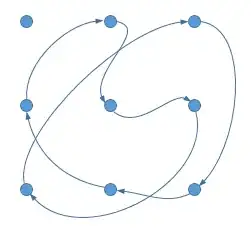I want to show the Fibonacci numbers are cyclic in mod n. I have tried some small values for n and I can see this is the same. In terms of a proof, I'm thinking of using the pigeonhole principle of pair of adjacent Fibonacci numbers but I think I'm going in the wrong direction.....any help will be appreciated.
Many Thanks.
